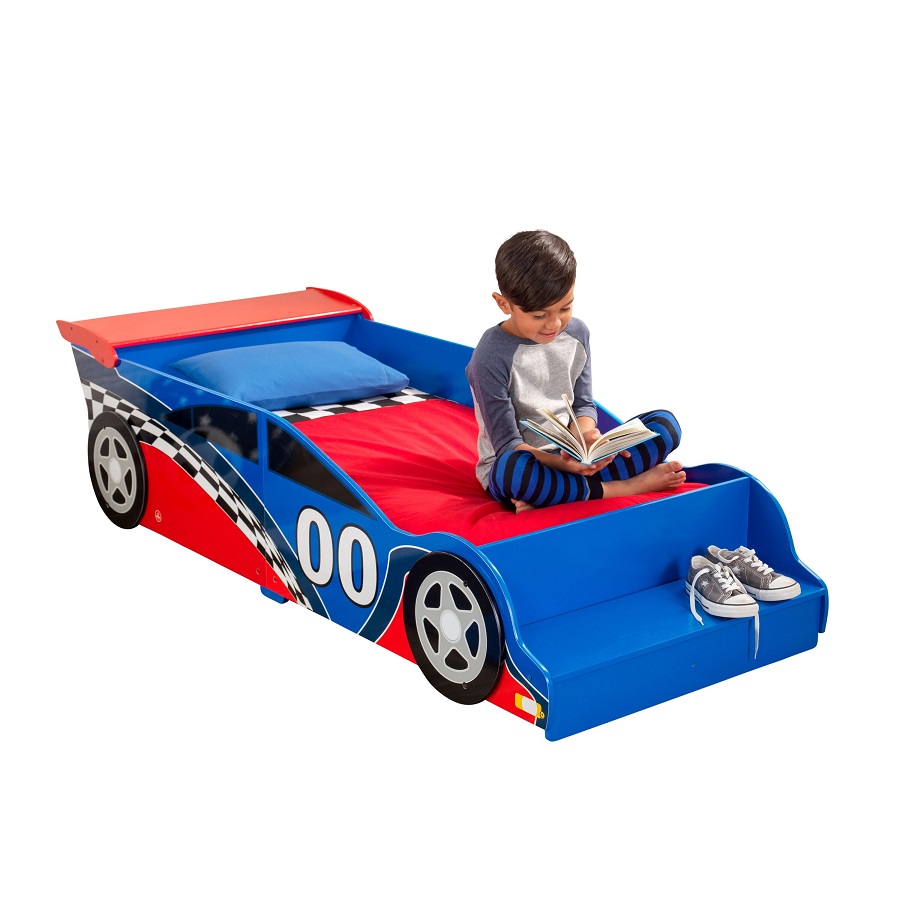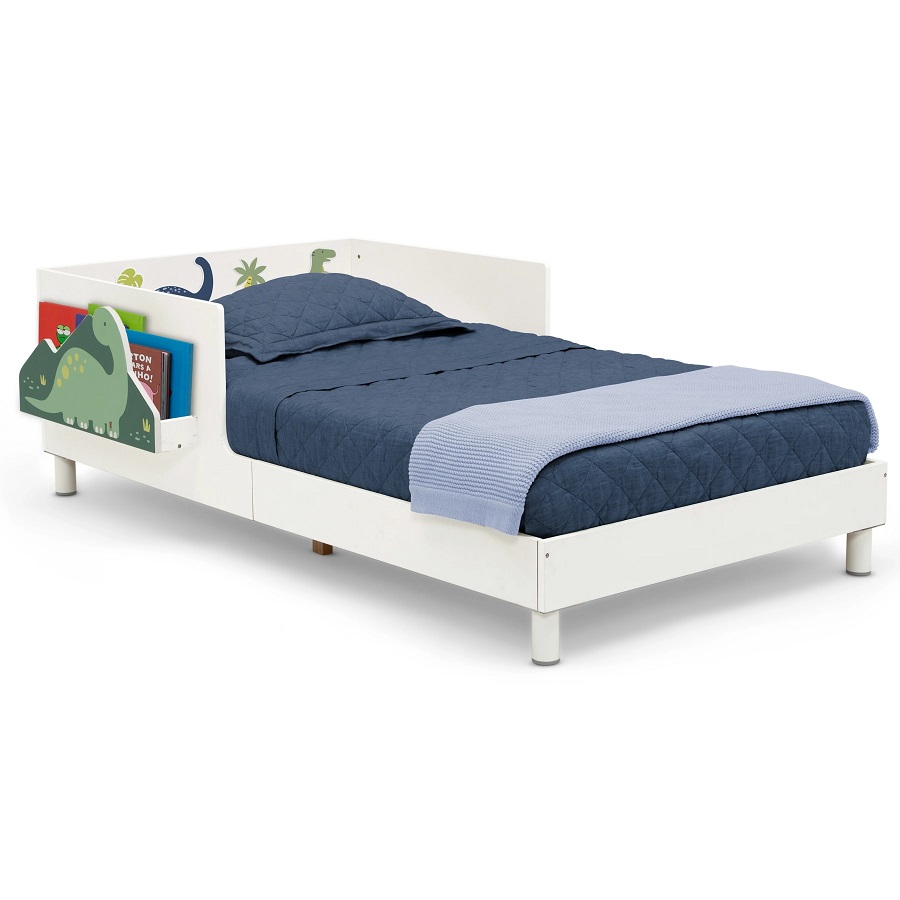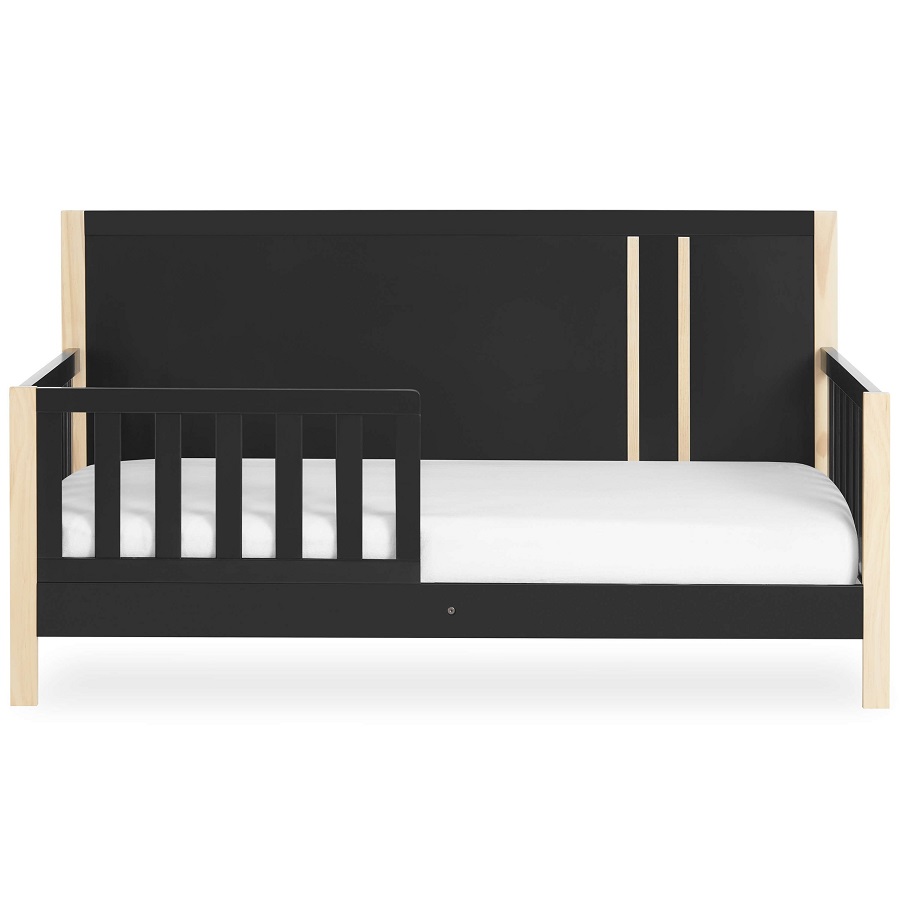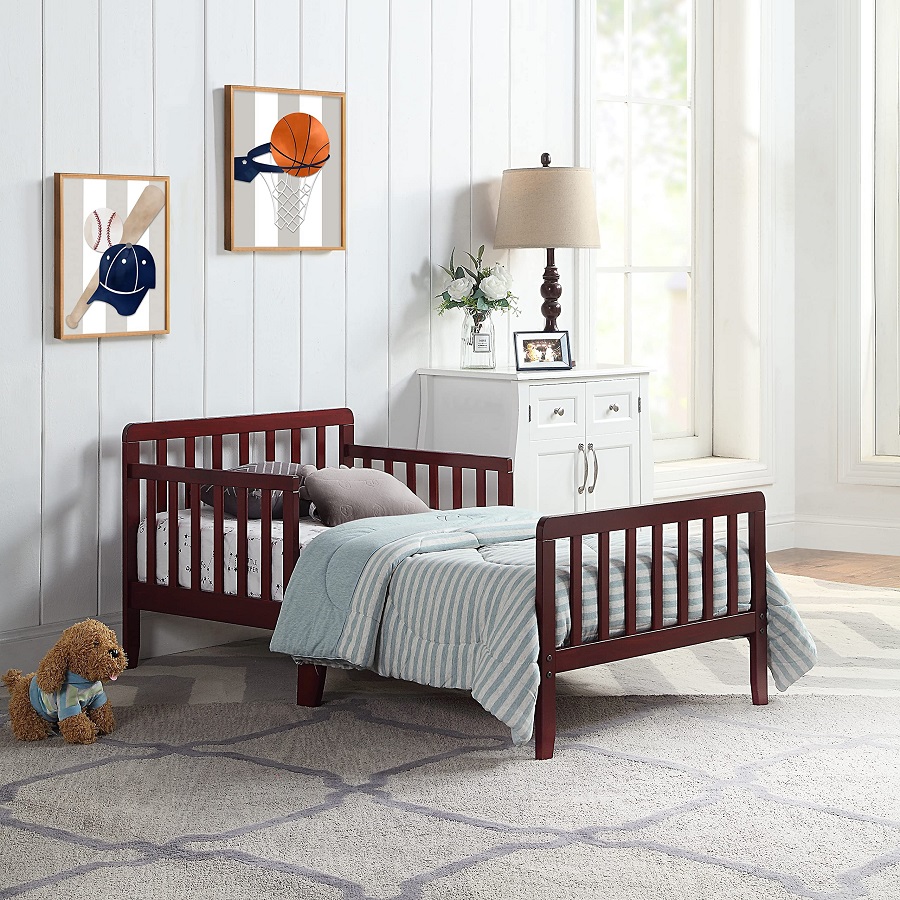Transitioning toddlers from cribs to beds is a significant milestone in their development. This change not only affects the child’s sleep patterns but also their sense of independence and security. In this article, we will explore the factors to consider during this transition, signs that indicate it’s time, tips for a successful change, and the various bed options available for toddlers.
Understanding the Transition
What Does Transitioning Entail?
Transitioning from a crib to a bed involves moving a toddler from a confined sleeping environment to a more open one. This step can include moving from a crib to a toddler bed, twin bed, or even a larger bed, depending on the family’s needs and the child’s readiness. It is essential to approach this change thoughtfully, as it can significantly impact both the child and the parents’ sleep quality.
Why Is This Transition Important?
The transition from crib to bed often reflects a developmental milestone for toddlers. It symbolizes growth, encouraging independence and self-sufficiency as they learn to climb in and out of bed on their own. This process can also foster a sense of security as children learn to navigate their surroundings, further enhancing their confidence.

Signs That It’s Time for a Bed Change
Age Considerations
The most common age for transitioning toddlers to a bed is between 18 months and 3 years. However, every child is different, and parents should consider multiple factors before making the change.
Common Signs of Readiness
- Escaping the Crib: If your child is frequently climbing out of their crib, it’s a clear indication they may be ready for a bed. This behavior not only indicates physical readiness but also a desire for independence.
- Growth Spurts: As children grow taller, they may become uncomfortable in their crib. An uncomfortable sleep environment can affect their overall sleep quality and mood.
- Potty Training: Many parents make the transition when their toddlers are potty trained, as it helps them access the bathroom independently during the night.
- Increased Curiosity: If your toddler is showing interest in sleeping in a bed or refuses to stay in their crib, they might be ready for the change.
- Behavior Changes: A sudden increase in resistance to sleep routines may signal that a child is ready for a more spacious sleeping arrangement.
Timing of the Transition
Choosing the right time to transition is essential. Significant life changes, such as moving homes, the arrival of a new sibling, or starting preschool, can make the transition more challenging. Ideally, parents should wait for a time when the child feels secure and stable.
Preparing for the Transition
Creating a Comfortable Sleep Environment
The transition will be smoother if parents create a welcoming and cozy sleep environment.
Choosing the Right Bed
- Toddler Beds: These beds are designed specifically for toddlers and usually have side rails to prevent falls. They are lower to the ground, making it easier for children to get in and out.
- Twin Beds: Some parents prefer to move directly to a twin bed, which can grow with the child. This option requires a sturdy bed frame and mattress, along with bed rails for safety.
- Floor Beds: This option involves placing a mattress on the ground, allowing toddlers to easily get in and out without the risk of falling.
- Convertible Beds: These beds can change from a toddler bed to a twin-sized bed, providing longevity for sleep needs.
Involving Your Toddler
Getting your toddler involved in the process can help ease any anxiety they may feel about the upcoming change.
Allowing Choice
Take your child shopping for their new bed or bedding. Giving them a sense of choice can make them feel more excited and less apprehensive about leaving their crib.
Decorating Together
You can also involve them in decorating their bedtime space, including choosing sheets, pillows, and colors. Personalization can make children feel more comfortable in their new environment.

Implementing the Transition
Establishing a Consistent Routine
Creating a consistent bedtime routine is essential when transitioning to a bed. Familiar routines help toddlers feel secure and reassure them that bedtime is still a structured, dependable process.
Steps for a Soothing Bedtime Routine
- Wind-down Period: Allow 30 minutes of calm activities before bedtime. This can include reading, soft music, or quiet play.
- Consistent Timing: Aim to put your child to bed at the same time each night. This consistency helps their body clock adjust, making it easier to fall asleep.
- Gradual Introduction: Some parents find that starting with nap times in the new bed before transitioning to nighttime can help.
- Stay Close: Initially, stay in the room until your child is comfortable falling asleep. Gradually reduce the time spent in their room as they adjust.
Addressing Bedtime Fears
Many toddlers experience anxiety or fears related to sleeping in a new bed.
Reassuring Them
- Talk About It: Open up a conversation and listen to any fears or anxieties your child may have about the new sleeping arrangement.
- Use Comfort Items: Providing a favorite stuffed animal, blanket, or special night-light can offer comfort.
- Positive Reinforcement: Praise your child for sleeping in their new bed, even if they only do so for short periods initially.
Troubleshooting Challenges
Nighttime Escapes
If your child gets out of bed frequently, it could be due to a variety of reasons.
- Setting Boundaries: Explain the importance of staying in bed. Setting a clear and understandable rule can help.
- Repetition: Stay calm and return your child to bed every time they get up. Consistency is key to reinforcing the new behavior.
- Reward Systems: Consider implementing a reward chart where your child can earn stickers or rewards for sleeping through the night in their new bed.
Sleep Disruptions
It’s common for sleep patterns to be disrupted during this transition.
- Stay Cool: Remain calm and patient as your toddler adapts. Sleep regressions can be temporary.
- Monitor Sleep Hygiene: Ensure that your toddler’s sleep environment is conducive to sleep—consider factors like room temperature, noise level, and light.
- Limit Screen Time: Reducing screen time before bed can help your toddler wind down and prepare for a good night’s sleep.
Long-Term Considerations
Monitoring Sleep Patterns
Once the transition is complete, keep an eye on your toddler’s sleep patterns.
- Adjustments: Be prepared to make adjustments to bedtime or routines based on how well they are adapting.
- Stay Engaged: Continue to engage with your toddler about their sleep experience, and address any new fears that may arise.
Looking Ahead
As children grow, their sleep needs will continue to evolve. Parents should remain attentive to their child’s changing needs.
- Changing Beds Again: As your toddler approaches school age, it may be time to evaluate whether they need a larger bed again—typically a twin or full bed.
- Instilling Good Sleep Habits: Encourage good sleep hygiene habits from an early age, like reading before bed, avoiding sugary snacks close to bedtime, and exercising during the day.

Conclusion
Transitioning a toddler from a crib to a bed can feel daunting for many parents, but with careful planning and a deep understanding of your child’s needs, it can also be an exciting step toward fostering independence. Recognizing the signs that your toddler is ready, preparing a comfortable sleep environment, and establishing a consistent routine are crucial for a successful transition.
Ultimately, patience and reassurance are your best tools as you guide your toddler through this important developmental stage. By fostering a positive sleep environment, you can help your child embark on this new adventure in their growth journey—the journey from crib to bed.
